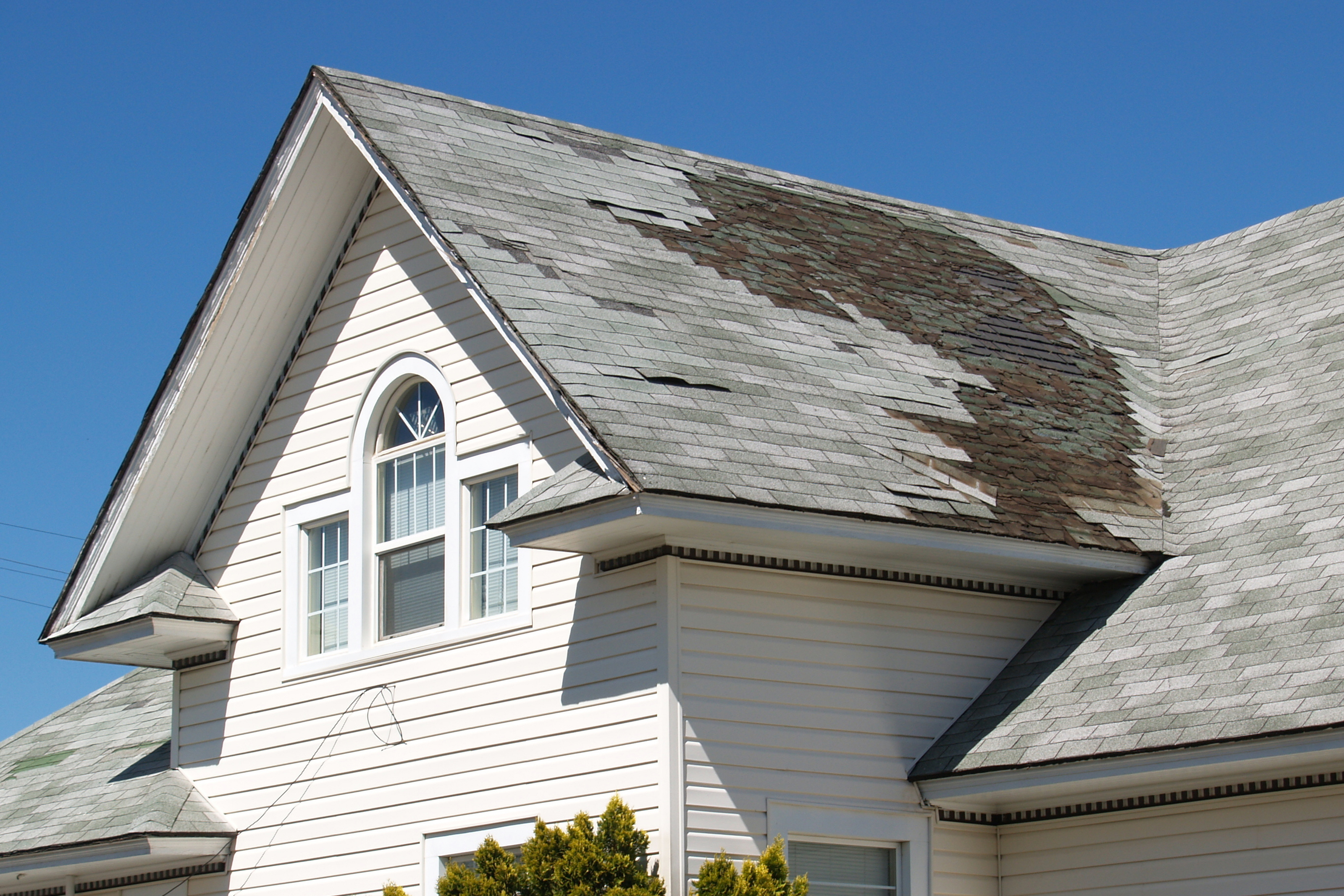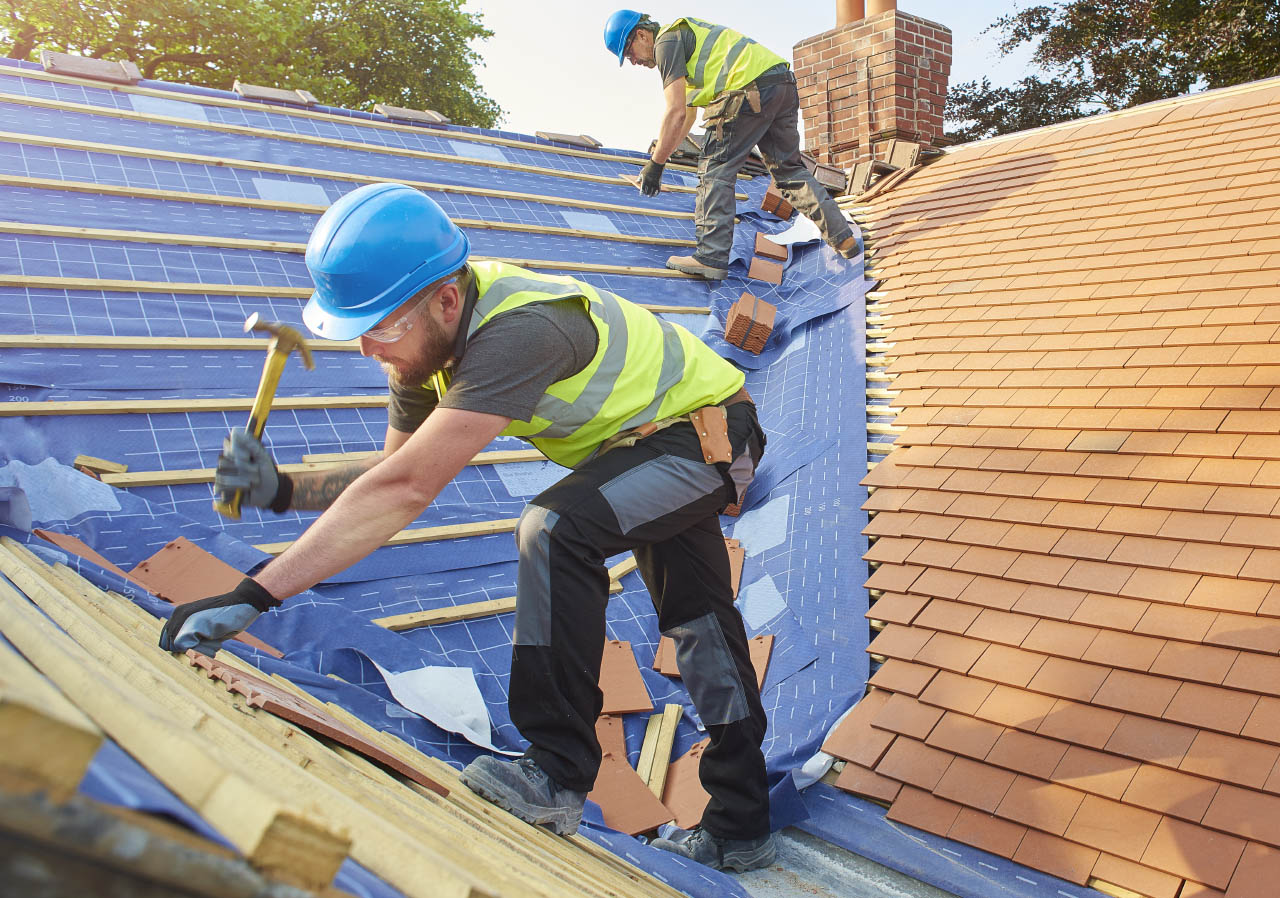Roof Repair Oahu: Professional Roof Services for Lasting Security
Roof Repair Oahu: Professional Roof Services for Lasting Security
Blog Article
Comprehending the Different Kinds of Roof Coverings: A Comprehensive Overview for Homeowners
With a selection of choices-- varying from the typical gable to the contemporary flat-- each type provides special benefits and challenges that should align with the property owner's ecological considerations and particular needs. As we check out the intricacies of various roofing types, it comes to be apparent that one size does not fit all; the right option may shock you.
Saddleback Roof
Saddleback roofs, identified by their triangular shape, are amongst the most preferred roofing designs because of their simpleness and efficiency in losing water and snow. This design includes two sloping sides that fulfill at a ridge, enabling reliable drainage and decreasing the danger of water buildup. The steep pitch frequently connected with gable roofing systems enhances their capability to take care of heavy rainfall, making them ideal for various environments.
In addition to their useful advantages, gable roofs use aesthetic adaptability. They can be adjusted to various architectural styles, from typical to modern homes. The layout can additionally accommodate added functions such as dormer home windows, which boost all-natural light and air flow in the attic room space.
In addition, gable roofs provide sufficient area for insulation, adding to power efficiency. House owners can pick from a selection of roofing materials, consisting of asphalt shingles, steel, and floor tiles, better enhancing personalization alternatives.
Regardless of their benefits, gable roof coverings might call for extra assistance in locations vulnerable to high winds or hefty snowfall. On the whole, the saddleback roof stays a preferred choice due to its blend of capability, sturdiness, and aesthetic charm.
Flat Roofs
Flat roofs are often recognized for their minimal layout and practical applications, specifically in commercial and industrial settings (oahu roofing). These roofing systems feature a nearly horizontal or horizontal surface area, which enables for simple building and flexible area use. While they might do not have the visual allure of pitched roofing systems, flat roof coverings supply numerous advantages, especially in city atmospheres where making the most of room is critical
One of the key advantages of flat roofing systems is their ease of access. Property owners can use the roofing area for numerous objectives, such as rooftop yards, balconies, or photovoltaic panel setups. In addition, flat roof coverings are normally a lot more affordable to mount and preserve contrasted to their sloped counterparts, as they call for fewer materials and labor.
Nonetheless, flat roofing systems do present specific obstacles. Proper drain is important to protect against water pooling, which can cause leakages and structural damage. Therefore, selecting high-grade waterproofing materials and routine examinations are vital for ensuring durability. Typical products made use of for flat roofings consist of built-up roofing (BUR), modified bitumen, and single-ply membranes, each offering distinct benefits. Generally, level roof coverings act as a functional and versatile selection for many property owners and services alike.
Hip Roofing Systems
Hip roofing systems are characterized by their sloped sides that assemble at the top, forming a ridge. This design is distinct from saddleback roofs, as all 4 sides of a hip roof covering incline downwards toward the walls, providing a much more steady structure. The angle of the slopes can differ, enabling for adaptability in architectural aesthetic appeals and performance.
One of the key benefits of hip roofings is their capacity to stand up to heavy winds and damaging climate conditions. The sloped surface areas make it possible for much better water drainage, lowering the danger of leakages and water damage. Additionally, hip roof coverings use increased attic room room, which can be made use of for storage or also exchanged livable locations.
Nevertheless, constructing a hip roof covering can be much more complex and costly than less complex roofing system kinds, informative post such as saddleback roofs. The added material and labor included in creating the slopes and ensuring appropriate structural stability can lead to greater expenditures. Despite these downsides, numerous home owners prefer hip roofs for their longevity, aesthetic charm, and possibility for energy effectiveness.
Mansard Roofs
Mansard roofs, commonly recognized by their distinct four-sided layout, feature two inclines on each side, with the lower slope being steeper than the top. This building style, stemming from France in the 17th century, is not just aesthetically attractive yet useful, as it makes best article use of the functional area in the top floors of a building. The high reduced incline enables for even more headroom, making it a perfect selection for loft spaces or attics, which can be converted right into living rooms.
Mansard roof coverings are characterized by their flexibility, fitting numerous building designs, from typical to contemporary. They can be created with various products, consisting of asphalt tiles, slate, or steel, providing house owners with a series of choices to fit their spending plans and choices. In addition, the layout permits the combination of dormer windows, improving natural light and ventilation in the top degrees.
Nonetheless, it is vital to think about the prospective drawbacks. Mansard roofs might call for more maintenance as a result of the intricacy of their style, and their steep inclines can be challenging for snow and rainfall drainage. Generally, mansard roofings integrate beauty with practicality, making them a popular selection amongst homeowners seeking distinct architectural functions.
Shed Roofing Systems
As property owners increasingly look for simplicity and functionality in their building designs, lost roofings have emerged as a popular selection. Defined by a solitary sloping airplane, a shed roof offers a minimalist visual that matches various home styles, from modern to rustic.
Among the main advantages of a shed roof covering is its straightforward building and construction, which typically converts to lower labor and product costs. This style enables efficient water drainage, lowering the threat of leaks and water damage. In addition, the upright slope offers sufficient area for skylights, boosting natural light within the interior.
Shed roofs also use versatility in terms of use. their website They can be effectively integrated into enhancements, garages, or exterior frameworks like sheds and structures. Additionally, this roofing design can suit different roof covering materials, including steel, asphalt roof shingles, and even green roofings, straightening with environmentally friendly efforts.
Nevertheless, it is necessary to take into consideration local environment problems, as hefty snow tons may necessitate modifications to the roofing system's angle or structure. In general, lost roof coverings provide a sensible and cosmetically pleasing option for homeowners seeking to make best use of capability without compromising style.
Final Thought


Gable roof coverings, identified by their triangular form, are among the most preferred roofing designs due to their simpleness and effectiveness in shedding water and snow. oahu roofing. The high pitch frequently linked with gable roof coverings improves their capability to handle hefty rainfall, making them suitable for numerous climates
While they might do not have the aesthetic charm of pitched roofs, flat roofs offer many advantages, specifically in city settings where making best use of space is vital.

Report this page